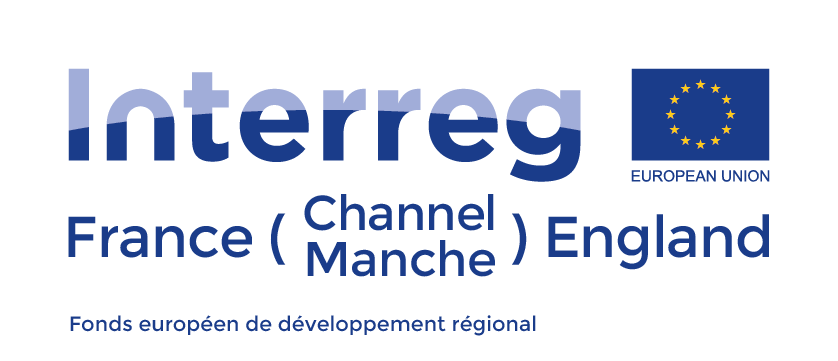Full results of the 1st fire testing phase for the prototypes of SB&WRC project
Create a subpage- Alexia ROBIN
- /
- the 01-02-2019
- / 1541
The SB&WRC project is supported by the European program Interreg VA France (Channel) England and receives financial support from the ERDF.
|
|
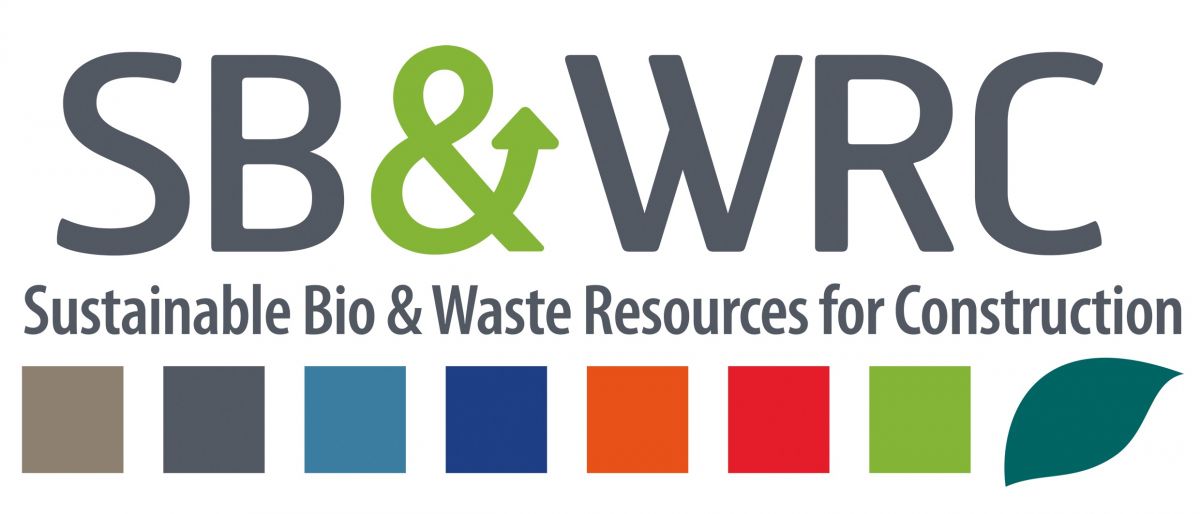 |
As part of the SB&WRC project, small-flame tests were continued at Unilasalle on the three prototypes of thermal insulation:
- Prototype 1 : thermocompressed panel made from corn marrow
- Prototype 2 : tyvek® protected bedding waste (polyester) panel
- Prototype 3 : wheat straw in a bundle
We presented in the previous article, the results of the prototype 1. We are now able to present all the results for the 3 prototypes.
According to standard NF EN ISO 11925-2 [1], the small flame ignitability test, carried out in the enclosure below (Figure 1), corresponds to the first phase of fire development (described by the standard EN 13501-1). This test makes it possible to know the propensity of a material to ignite more or less quickly in contact with a flame.
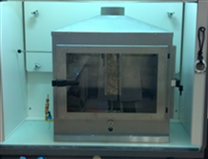 |
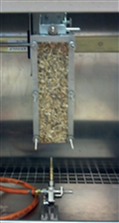 |
Figure 1: Fire test chamber (left) sample before test (right)
According to the NF EN ISO 11925-2 standard, materials having a degradation zone height of less than 15 cm and not producing inflamed droplets, have good resistance to ignitability.
Here are the results obtained for all the prototypes of the project:
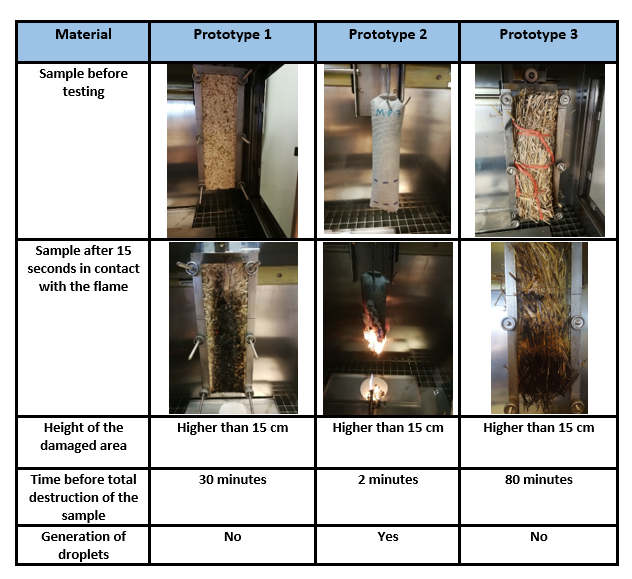
The observations made during this test phase show that after removal of the burner, the damaged area is greater than the 15 cm recommended by the standard for all 3 prototypes.
Prototypes 1 and 3, made from agricultural by-products, have similar behaviours. For these two materials, particles remain incandescent and progressively consume the samples until complete destruction after 30 minutes for prototype 1 and 80 minutes for prototype 3. On the other hand, no ignition or droplet production is noted.
Concerning prototype 2, based on synthetic products, the tests show an immediate inflammation of the sample with droplet production. The sample is totally destroyed in 2 minutes. We also found during the tests that the tyvek® envelope protecting the polyester accentuates the phenomenon.
At the end of the tests, all the prototypes are classified E. According to standard NF EN ISO 11925-2, they contribute significantly to fire. Having performed the tests on the three prototypes confirms the interest of the use of plant material in insulating panels. Indeed the prototypes 1 and 3 showed a resistance before total combustion much higher than that of the prototype 2. Time being a crucial parameter during a fire, this saving of time is therefore an asset for the plant panels.
[1] NF EN ISO 11925-2 : Reaction to fire - Ignitability of building products exposed to the direct influence of the flame - Part 2: Single flame source test.
